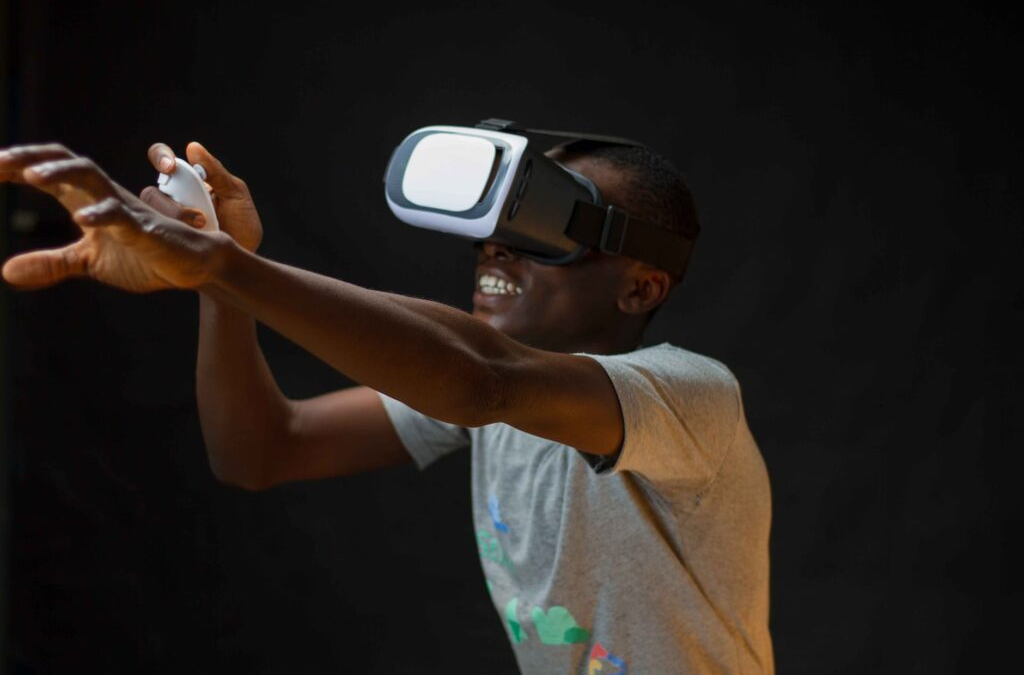
What exactly is Spatial Computing? What Every Business Should Know
Spatial computing is the application of digital technology to interact with computers that comprehend their own location in space. Unlike traditional computing, which is done behind a 2D screen, spatial computing uses AR, VR, and MR to make a computer user interface a natural part of your environment. Click here https://stocksreviewed.com/jeff-browns-scg-technology/ for the further details.
An Introduction to Spatial Computing
So, what does this unprecedented level of AR/VR/MR intelligence imply for businesses? Simply expressed, it means that computers will become increasingly interwoven with and understand of your physical world as a result of advanced sensors such as cameras, situational awareness engines, and other fascinating new technologies.
All of this may make spatial computing appear very cutting-edge, but the concept of this form of human-machine interaction, in which machines can learn from and even mimic human activities, isn’t exactly new science.
Spatial Computing, as well as AR, VR, and MR
The concept is fairly simple for anyone who understands or is involved with these technologies: spatial computing uses the physical space around us to interact with technology by receiving outputs and sending inputs through cameras and sensors so that the computer do understand its environment and its user.
Simply defined, spatial computing entails thinking outside the confines of the computer screen.
Virtual Reality (VR)
VR is a simulated experience in which a person’s physical presence is placed in a wholly fake digital environment, allowing the user to walk around, interact with, and perceive completely virtual features.
It can be used for pleasure, like as gaming, but organisations are increasingly using VR for employee education and training, such as learning how to do operations in the medical industry or work on engines in aerospace. Creating a simulated environment (cast through a VR headset) allows for risk-free hands-on learning. This can be quite useful for otherwise risky or costly learning initiatives.
Augmented Reality (AR) Those familiar with virtual reality (VR) frequently wonder, “How is AR different from VR?” and it’s a legitimate question.The terms augmented reality (AR) and virtual reality (VR) are frequently used interchangeably, however there significant distinctions.
AR is a virtual reality-style technology, but instead of generating a totally virtual environment, AR takes a real-life image and inserts or projections computer-generated features onto it. Consider Pokémon Go or Snapchat filters and lenses that allow you to change the appearance of your face or surroundings.
Another great example of how AR is being used in the entertainment realm can be found in this video, which depicts the development of a game designed to scan the player’s surrounding environment in order to create a complete picture, then allow the player to bring anything into their real world as an engaging obstacle or challenge.
Conclusion
While augmented reality is commonly used to entertain consumers, it is quickly gaining traction in areas such as aviation, healthcare, automotive, and even smart manufacturing to help with everything from training to problem solving through enhanced natural environments.AR is a powerful tool for altering a familiar environment to depict pertinent changes or potential difficulties.
